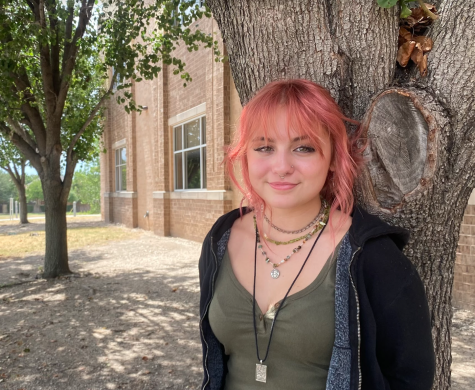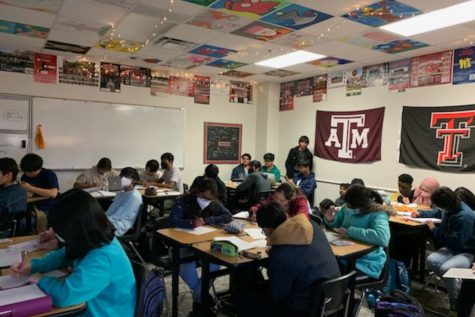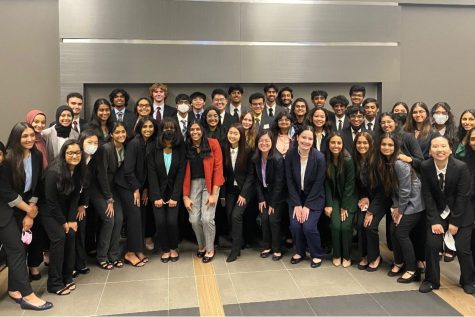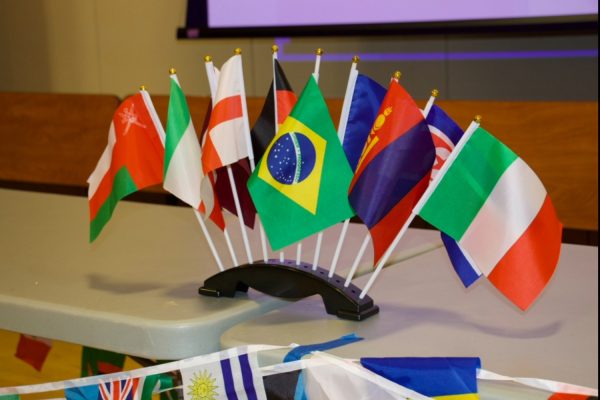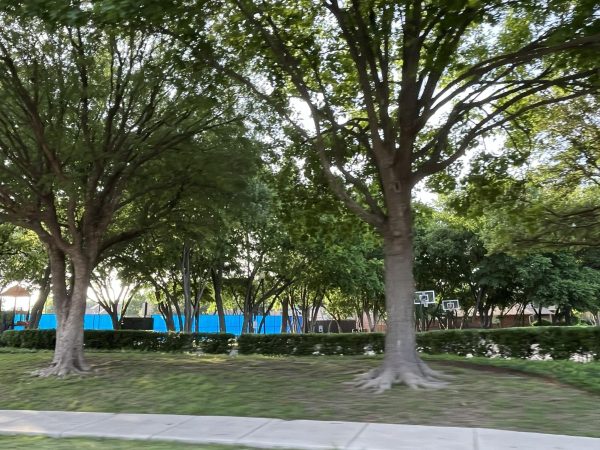Biden’s Cabinet diversity
![In an interview with CNN on Dec. 3., president Biden mentioned that he is “going to keep [his] commitment that the administration, both in the White House and outside in the Cabinet, is going to look like the country.”](https://libertywingspan.com/wp-content/uploads/2015/11/biden.jpg)
In an interview with CNN on Dec. 3., president Biden mentioned that he is “going to keep [his] commitment that the administration, both in the White House and outside in the Cabinet, is going to look like the country.”
February 10, 2021
When faced with pressure to include more Latino and Black voices in his cabinet, President Joe Biden stated in an interview with CNN on Dec. 3 that he is “going to keep [his] commitment that the administration, both in the White House and outside in the Cabinet, is going to look like the country.”
This call for representation in something many students on campus agree with.
“I think a diverse cabinet is important because in order to get the views and perspectives of the American people you need to have each group represented,” freshman Fabiana Rosario-Rivera said via text. “This should be different ethnic groups, races, different sexualities/gender identities, and class distinctions. Not all Americans are the same, so not all cabinet members should be either.”
Now more than two months later, most people on campus believe that president Biden has fulfilled his promise, and made history by nominating the most diverse cabinet in American history. With the first openly LGBTQIA+ man and Native American woman in the cabinet, there are many historic “firsts” when it comes to placing minorities in positions of power.
When broken down by race and gender, statistics from NPR News show that Biden’s Cabinet consists of roughly 55 percent nonwhite and 45 percent female nominees, while Trump’s Cabinet had both 18 percent nonwhite and female members, and Obama’s contained 45 percent nonwhite and 36 percent female members.
While this is a statistically significant step in the direction of inclusion when compared to Trump’s Cabinet, many students, such as sophomore Riziki Kimani, feel that it leaves much to be desired.
“I definitely support Biden’s decisions but I feel as if he is playing it pretty safe,” Kimani said. “Only looking at racial diversity, half of the cabinet is one race while all the BIPOC candidates are squished into thirteen spots. The representation for the LGBTQIA+ community is only one white man, and there are zero people nominated who are a part of the disabled community. I definitely feel that our cabinet still has a long way to grow and expand to include as many different people as possible.”
This is not a viewpoint held just by American students. Many officials, such as representative chairman Mark Takano who claimed to be “profoundly disappointed” by the lack of Asian American and Pacific members of the cabinet, feel that the nominees do not yet show America in its entirety.
“In the future I want anyone to be able to look at the cabinet and say that there is at least one person who can truly share whatever struggles they’ve experienced, and honestly represent that,” Kimani said.
So far, only 6 out of 23 Cabinet members have been approved by the Senate, including member of the LGBTQIA+ community, Secretary of Transportation Pete Buttigieg, and the first Black Secretary of Defense, Lloyd Austin. In the meantime, many citizens are asking the question: What now? What do we want to see if future elections, future representatives, and future legacies?
Freshman Maya Silberman has one answer.
“I think what Biden’s cabinet leaves to be desired isn’t within the people itself but how the actions of Biden have been perceived,” Silberman said. “These people represent a decent amount of the American population, and that shouldn’t be something that we see as revolutionary. Yes, we should be happy that Biden made these changes and his cabinet represents America, but we should also recognize that this should be a standard.”



